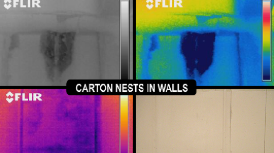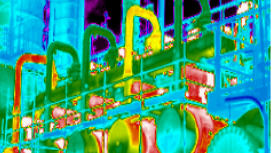IR Detects Thinning of Copper Slurry Tube Rubber Sleeves(2)
InfraMation 2015 Application Paper Submission
Ken Medley
Capstone Mining
ABSTRACT
This paper will illustrate how thermography was used in conjunction with NDT thickness readings to document and predict rubber lined slurry transfer piping wear and failure.
INTRODUCTION
Capstone Pinto Valley mine is a copper mine located approximately 75 miles east of Phoenix Arizona. The process plant utilizes 6, 18’x20’ ball mills to process approximately 50,000 tons of ore daily. Slurry is transferred from the mills to classification using large slurry pumps and 18” rubber lined steel pipes.
WHAT IS A BALL MILL?
A ball mill is a type of grinding mill used to grind or mix metals or raw materials for further processing. 3” steel balls are placed into the mill drum and rotated with the mined materials that are to be crushed. The ball mill contains materials meant for crushing and grinding. The internal grinding media of the ball mill grinds material into powder-like substances, and can rotate continuously for optimal grinding and copper concentrate production.
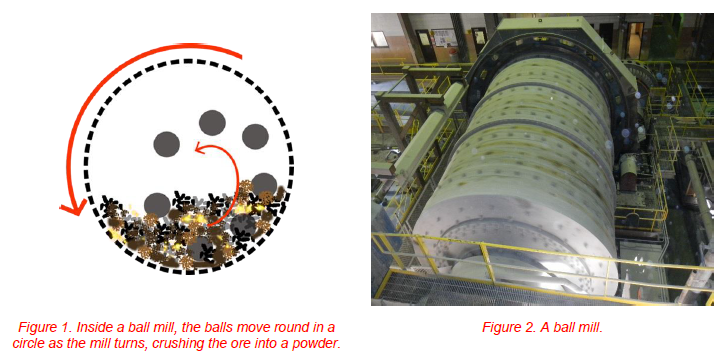
SLURRY TRANSFER PIPING
A slurry pipeline is used to transport ore from the mills to the processing plant. Water, reagents and ore are feed into the mill with a slurry solution exiting the mills. The slurry solution is then pumped into classifiers to separate the oversized media from the process ore.
Rubber lined pipe is used to transport abrasive slurry solutions from one place to another. This technology is proven to outlast unlined steel pipe and metallic pipe liners. The infrared camera is an ideal tool to locate areas where the rubber has been worn away.
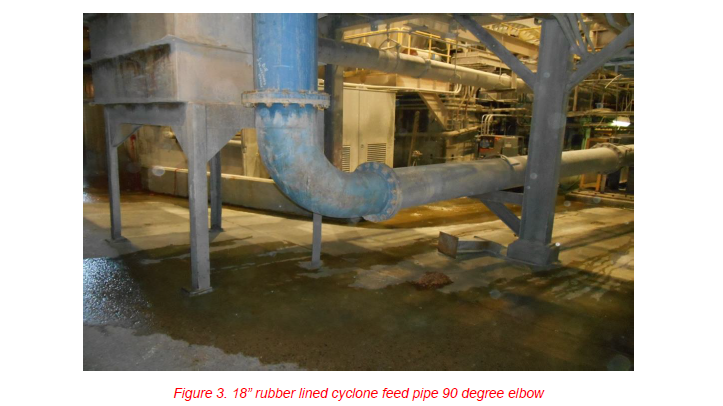
Slurry transfer piping is 18” diameter rubber lined steel pipe. Slurry is transferred at approximately 440 tons per hour with at 25 to 32 percent solids.
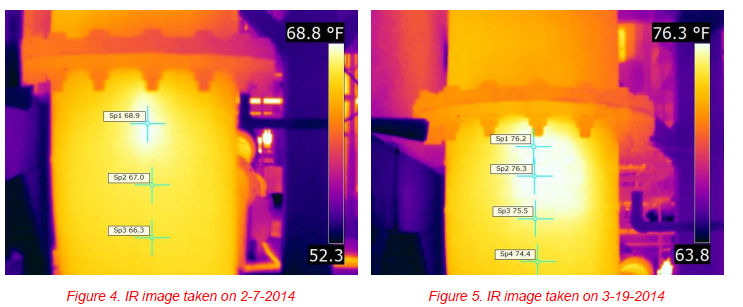
IR is used to detect when the rubber lining is gone and the slurry is causing heat due to the abrasion on the steel pipe.
THICKNESS READINGS
For the areas where the rubber lining is missing, thickness readings are taken using a single ultrasonic straight beam thickness tester.

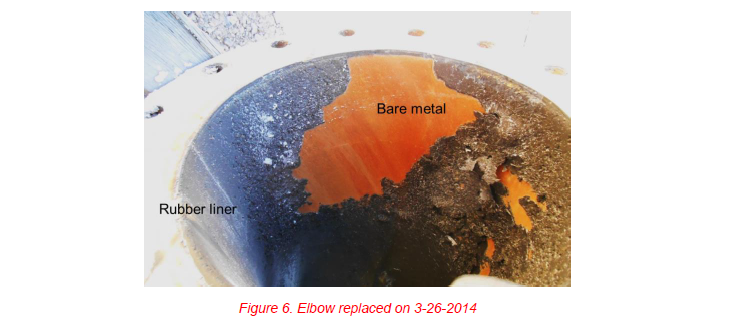
SUMMARY
Replacing worn slurry pipes during scheduled maintenance results in cost savings of approximately $42,000.00 ($8000.00 per hour for 6 hours) per each pipe change out. Pipes are change out about every six months or twice a year. Six mill times twice a year is twelve change outs results in an annual cost savings of $504,000.00.
ABOUT THE AUTHOR
Ken is a Level II thermographer with 25 years’ experience in gold, calcium carbonate, diatomaceous earth, and copper mining. He also has expertise in Root Cause Analysis, Machinery Lubrication & Ultrasonic Testing.

